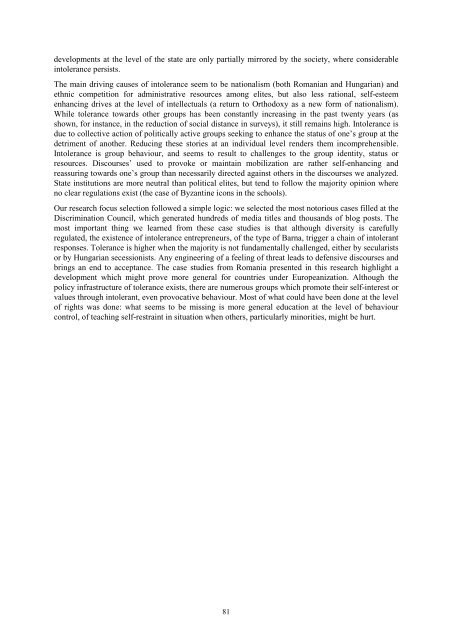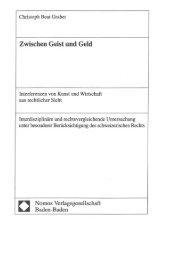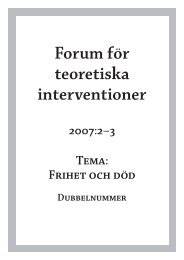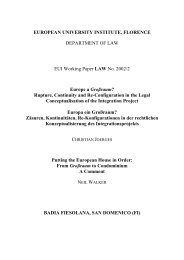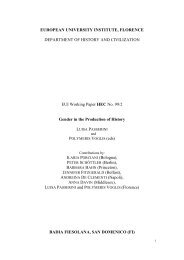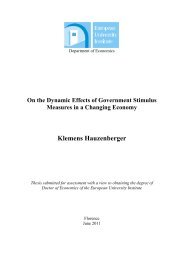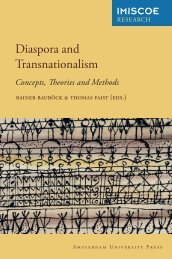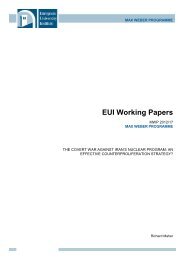Sinziana-Elena Poiana Ioana Lupea Irina-Madalina Doroftei Alina ...
Sinziana-Elena Poiana Ioana Lupea Irina-Madalina Doroftei Alina ...
Sinziana-Elena Poiana Ioana Lupea Irina-Madalina Doroftei Alina ...
You also want an ePaper? Increase the reach of your titles
YUMPU automatically turns print PDFs into web optimized ePapers that Google loves.
developments at the level of the state are only partially mirrored by the society, where considerable<br />
intolerance persists.<br />
The main driving causes of intolerance seem to be nationalism (both Romanian and Hungarian) and<br />
ethnic competition for administrative resources among elites, but also less rational, self-esteem<br />
enhancing drives at the level of intellectuals (a return to Orthodoxy as a new form of nationalism).<br />
While tolerance towards other groups has been constantly increasing in the past twenty years (as<br />
shown, for instance, in the reduction of social distance in surveys), it still remains high. Intolerance is<br />
due to collective action of politically active groups seeking to enhance the status of one’s group at the<br />
detriment of another. Reducing these stories at an individual level renders them incomprehensible.<br />
Intolerance is group behaviour, and seems to result to challenges to the group identity, status or<br />
resources. Discourses’ used to provoke or maintain mobilization are rather self-enhancing and<br />
reassuring towards one’s group than necessarily directed against others in the discourses we analyzed.<br />
State institutions are more neutral than political elites, but tend to follow the majority opinion where<br />
no clear regulations exist (the case of Byzantine icons in the schools).<br />
Our research focus selection followed a simple logic: we selected the most notorious cases filled at the<br />
Discrimination Council, which generated hundreds of media titles and thousands of blog posts. The<br />
most important thing we learned from these case studies is that although diversity is carefully<br />
regulated, the existence of intolerance entrepreneurs, of the type of Barna, trigger a chain of intolerant<br />
responses. Tolerance is higher when the majority is not fundamentally challenged, either by secularists<br />
or by Hungarian secessionists. Any engineering of a feeling of threat leads to defensive discourses and<br />
brings an end to acceptance. The case studies from Romania presented in this research highlight a<br />
development which might prove more general for countries under Europeanization. Although the<br />
policy infrastructure of tolerance exists, there are numerous groups which promote their self-interest or<br />
values through intolerant, even provocative behaviour. Most of what could have been done at the level<br />
of rights was done: what seems to be missing is more general education at the level of behaviour<br />
control, of teaching self-restraint in situation when others, particularly minorities, might be hurt.<br />
81


